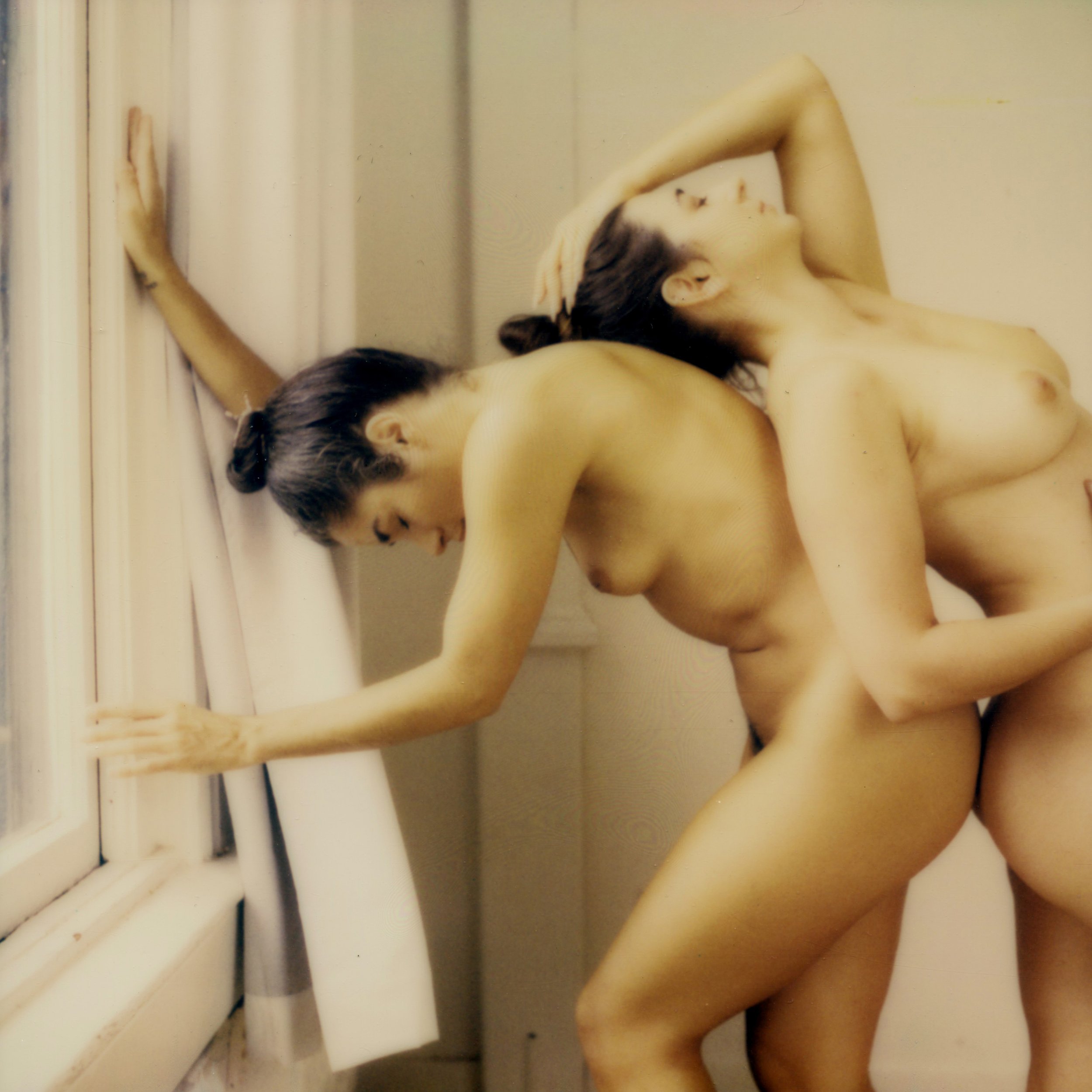
Polaroid I-2 In The Studio - Two Models And Natural Light
Working with instant film has always been a medium that brings me a lot of joy. Polaroid recently released the I-2 camera and I have to say I’m loving it so far. It will likely replace my trusty SX-70 as my instant camera of choice. Here are some of my early results.